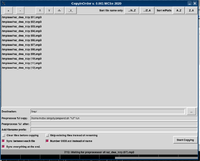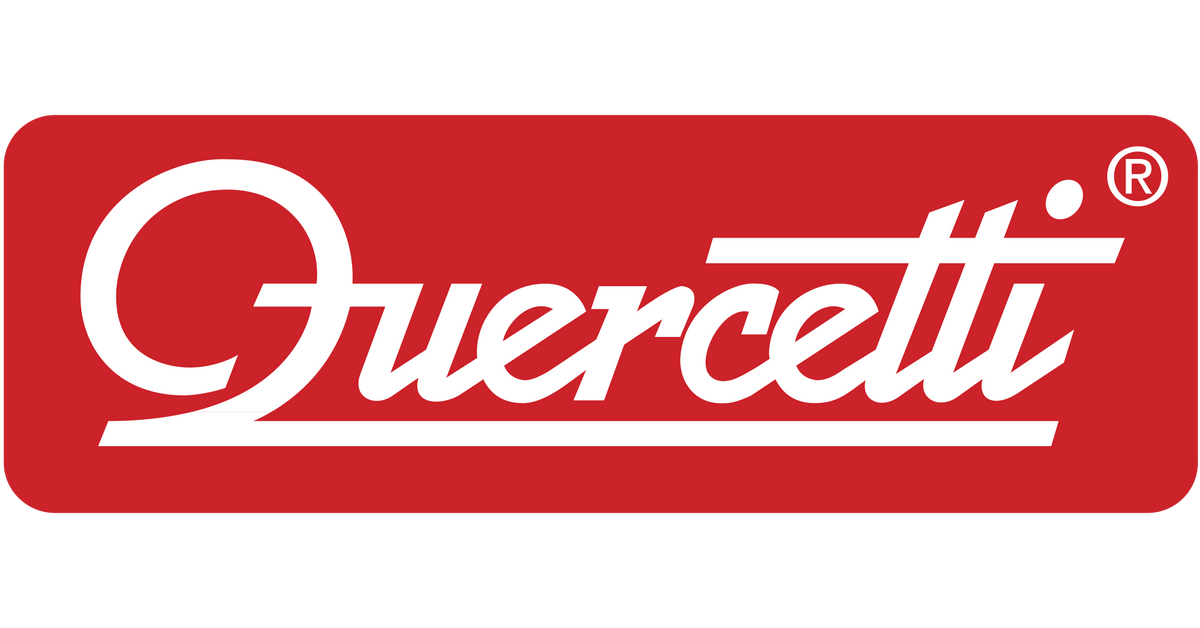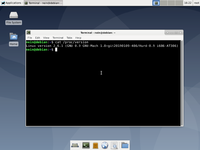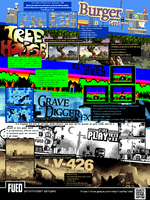So this is not a specific project, this is because I had a problem in Linux and I had to solve it. In fact, it is an overgrown Perl script which, started as a 5-minute solution, a few hours later transformed into an application with its own config file.
So there are these cheap MP3 players which look like iPod Shuffle, or these even cheaper digital picture frames which take a SD card. The common thing is that they play/show their content by the order from the file table on the card, i.e. the order the files have been written. So if I want to add MP3s to such player in a specific order, under Windows I have to copy them one by one.
However the thing under Linux is totally different - Linux caches a lot and it's not certain that entries would be copied specifically while syncing before unmount.
In the program, first files are loaded and can be sorted automatically or freely. Then, the target directory is set and a prefix for file names can be set too. After setting options, files are copied in a given order and every file the filesystem is synchronized.

Sorry for the DPI messed up, I intentionally messed up DPI on my new notebook as all buttons on GTK toolbars looked enormously large with default one.
The pre-processing visible in screenshot is another thing - it allows to launch a script for every file's copy. It has been made mostly to downsize images for these picture frames, but here the "prepend.sh" is something I quickly put for audiobooks - it adds a short "Part one" "Part two" etc. to each file, spoken by synthesizer, because these cheap MP3 players have no display.
The post-processing allows to perform some operations on the copied file. In th ebottom of window, the top progress bar is per current file, the bottom is for a whole list.
When I'll be certain that it does not "unlink" (as called in Perl) my home directory I'll probably put it in my page.
Now some technical details: The GUI has been quickly put to one piece with the software called ZooZ, this is for Perl and allows not only to design the interface, but also to connect GUI parts to variables and subroutines, it also creates empty subroutines to fill. After exporting the project to Perl program all everything needed was to write the pop-up menu for the "+" button (as it is not supported in ZooZ) giving options to add chosen file, chosen directory or chosen directory recursively, but I added there additional option to save default settings and clear list for some reason. Next, all routines are in Perl.
So here are my thoughts: First, since I was writing a GUI application in Perl a few years ago Perl did not changed at all. The bugs which were present before are still here (especially in File:: module) and drag and drop still causes X11 to barf, well, this widget toolkit is a bit dated probably but still more ergonomic than GTK and lighter than Qt.







